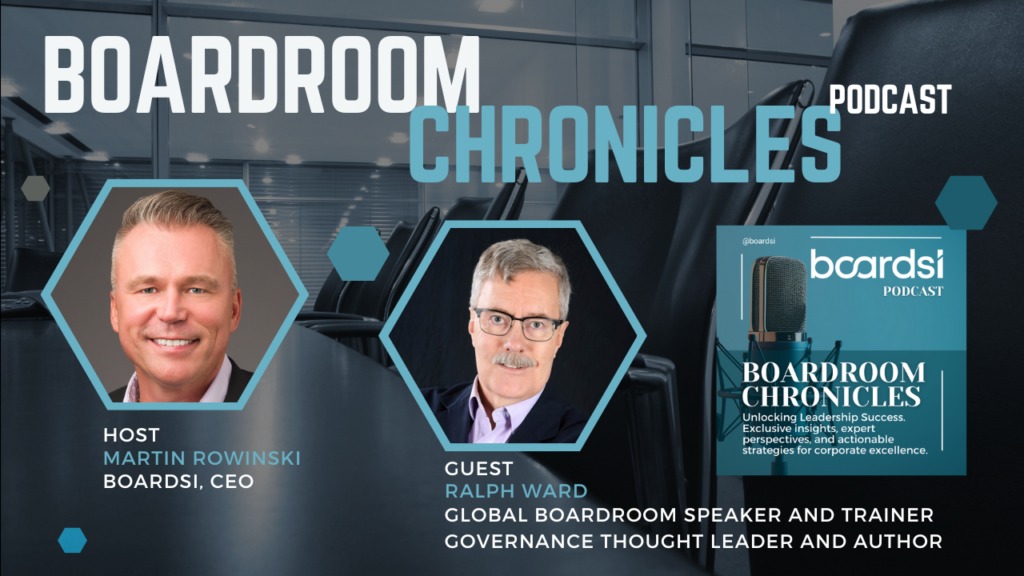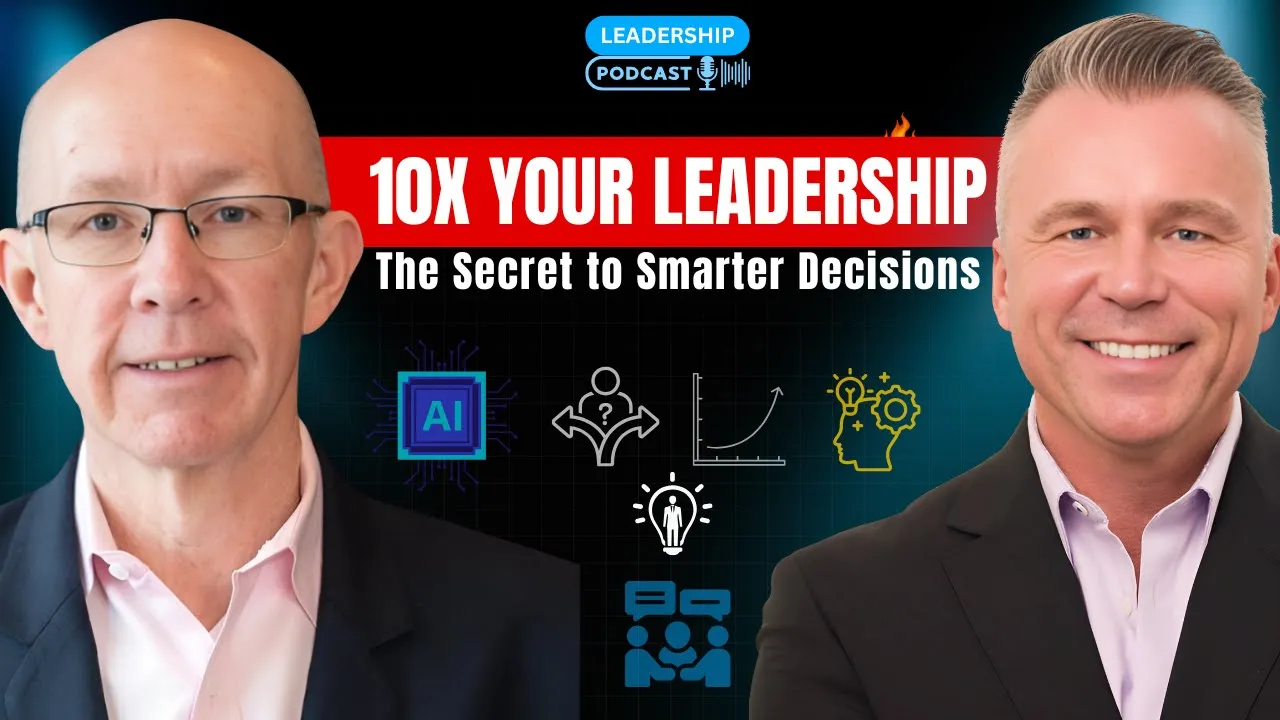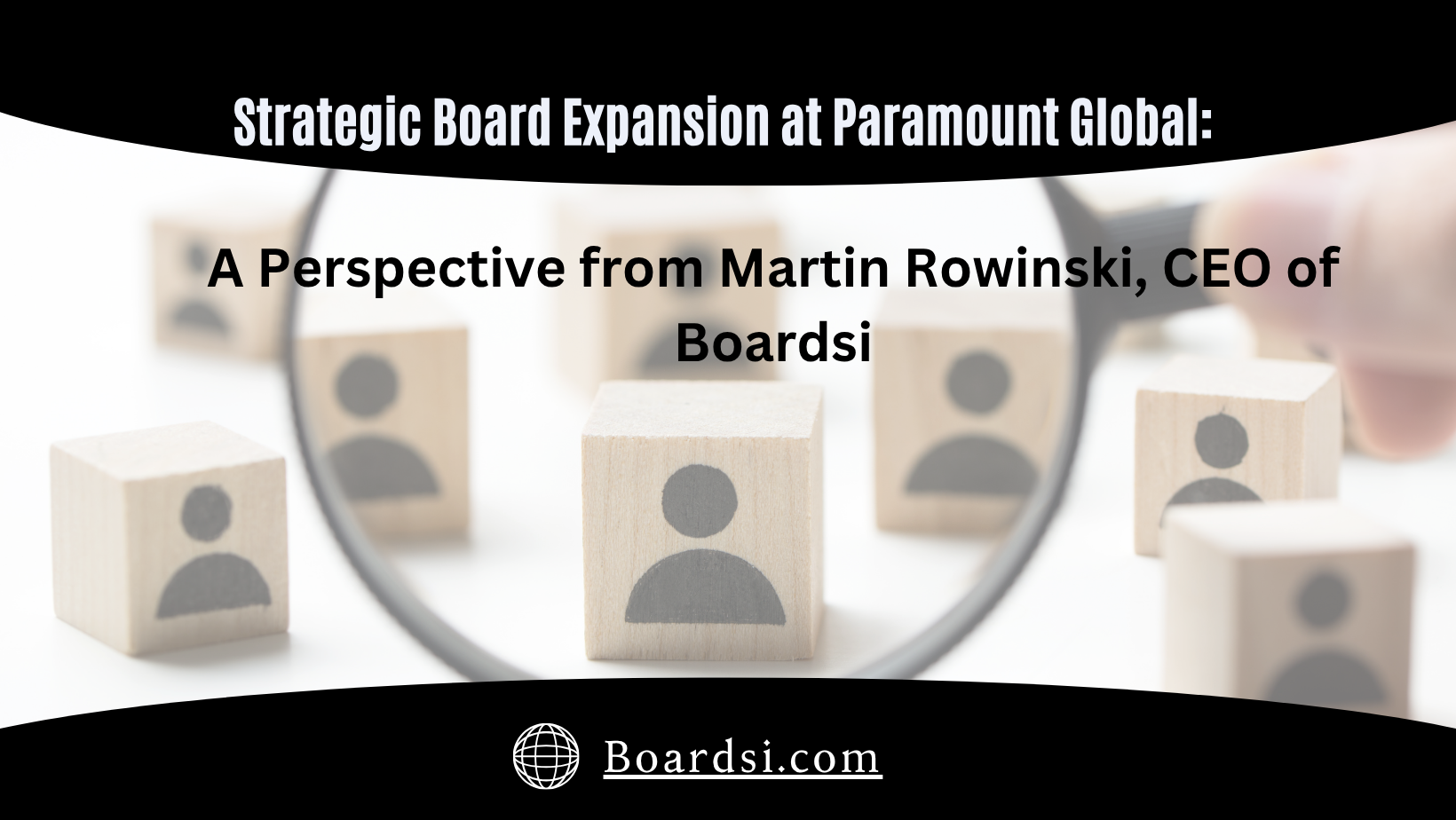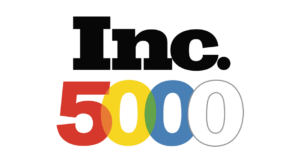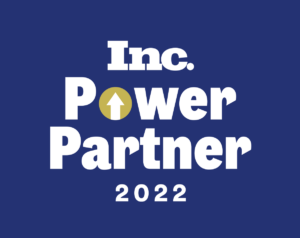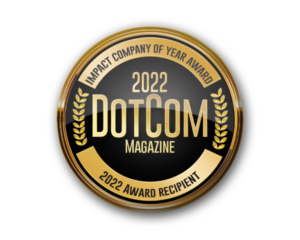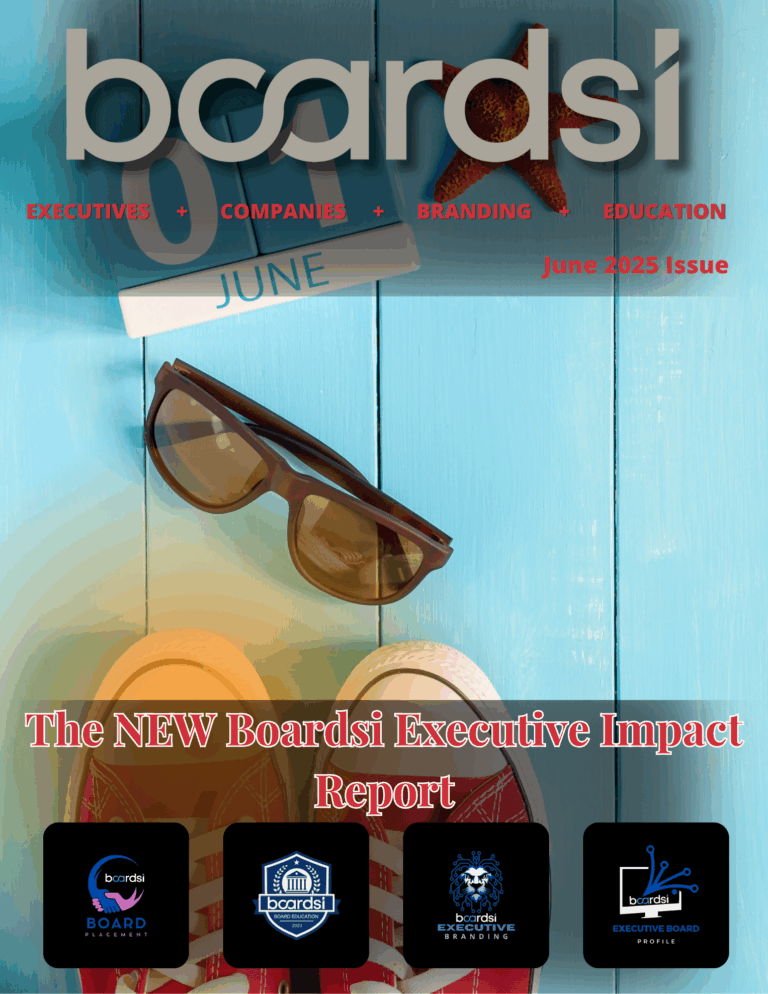In this episode, Martin Rowinski interviews Ralph Ward, a global boardroom speaker and trainer, about strategic decision-making. The conversation covers various aspects of decision-making in the boardroom, including leadership’s role, the decision-making process, factors influencing strategic decisions, the significance of data and analytics, the importance of innovation and creativity, overcoming biases and cognitive traps, and the continuous nature of strategic decision-making. Ralph also shares insights into his upcoming book, ‘Hacks for the Boardroom,’ which focuses on making boards more effective.
Takeaways
– Leadership plays a crucial role in decision-making, setting the tone for open dialogue and ensuring diverse perspectives are considered.
– The decision-making process involves identifying the problem, gathering information, generating alternatives, evaluating options, making a decision, and implementing and monitoring it.
– Factors influencing strategic decisions include the division of powers between management and the board, regular retreats for strategic planning, and effective controls and reporting.
– Data and analytics are vital in decision-making, and boards should focus on providing relevant and concise information through dashboards and visuals.
– Innovation and creativity are increasingly important in today’s fast-paced business environment, especially in dealing with technology issues.
– Overcoming biases and cognitive traps is a challenge for boards, and promoting diversity and succession planning can help address this issue.
– Strategic decision-making is a continuous journey that requires ongoing monitoring, course corrections, and agility.
– Ralph Ward is working on a new book titled ‘Hacks for the Boardroom,’ which aims to make boards more effective.
@boardsi9021 #Boardsi #BoardroomStrategy #LeadershipDecisions #StrategicThinking #DecisionMakingProcess #CorporateGovernance #DataDrivenLeadership #BoardroomInnovation #OvercomingBiases #BoardroomDynamics #RalphWardInsights #BusinessAgility #EffectiveBoardrooms #HacksForTheBoardroom #BoardroomChallenges #GlobalBusinessLeadership
TRANSCRIPT:
Martin Rowinski (00:23.182)
Welcome to the Boardroom Chronicles podcast. I’m your host, Martin Rowinski, Boardsi co-founder and CEO. And today we have a special episode focused on a critical skill for every business leader, strategic decision -making. Our guest today is Ralph Ward, global boardroom speaker and trainer, boardroominsider .com publisher, governance thought leader, consultant, and author. Welcome, Ralph.
Ralph Ward (00:52.707)
Welcome. Good speaking with you, Martin.
Martin Rowinski (00:55.246)
It’s always good to catch up with you. So today we’re discussing a fascinating article titled Mastering the Art of Strategic Decision Making, a Guide for Boardroom Success. For all of our listeners who haven’t read the article, it’s a comprehensive guide to navigating the complexities of decision making in fast paced business environment. We’ll drop a link to the article in the podcast description. Let’s start with the first key point.
Leadership’s role in decision making. The article talks about the need for a clear vision and a culture of collaboration. It’s about setting the tone for open dialogue and ensuring diverse perspectives are considered. This collaborative approach harnesses the collective intelligence of the board. Ralph, what’s your take on this?
Ralph Ward (01:51.831)
Certainly this is important. There’s a saying, and I think it’s true, that you, at most companies, couldn’t afford to pay consulting talent to deliver the knowledge and experience that board members have, and you’re getting it for next to nothing for their status as a member of the board. So only a very unwise CEO would allow talent like that to go fallow in the boardroom.
Tapping it is important here, but the methods for doing that have varied a lot over the years. And I think there’s been more pressure on boards recently to take on more of what I call a monitoring role, rather than the mentoring and the sharing role here. Boards have much more compliance duties, much more oversight duties nowadays, a lot of box -ticking material.
And I’m afraid that tends to squeeze out some of the discussion, the free thought, the time that goes into tapping the expertise you have on the board because the compliance, the filings and all of that, that’s the stuff you get sued for. And that tends to drive out the discussion and get more into just general basic busy work in the boardroom. And I think that’s a loss.
Martin Rowinski (03:18.222)
Yeah, and I couldn’t agree more. And obviously, to your very, very first point, we at boardsi. I couldn’t agree with you more either. You know, we obviously help companies find board members and and or advisors if there may be a smaller company that’s trying to build. And I get that question all the time. When should I start looking? I’m like, if you’re asking me that you should have started a while ago. So I totally agree with you.
Moving to the decision making process, the article outlines a systematic approach that starts with identifying the problem, gathering information, generating alternatives, evaluating options, making a decision, and then implementing and monitoring it. Each step is crucial and requires careful consideration. Could you break this down for us?
Ralph Ward (04:10.531)
Yeah, I liked it because it was a very good decision tree process. It spelled out everything that happened there. In the boardroom, it gets a little bit messier because one of the things we don’t consider about boards of directors is they really don’t make a lot of decisions. If you look at a typical board agenda at most corporations, even larger.
Fortune 500 level ones go through the agenda and so much of it is for information, for informing the board. When the board comes to actually making a decision and having a vote on something to proceed, that tends to be a little bit less common and most of them tend to be fairly boilerplate static decisions here. Yes, we will retain the same firm to do this. Yes, we will renew this contract.
we have received this communication. The decision making and talking it out through the process we talked about on the board is sort of a rarity, but it is something that’s very difficult and it requires a lot of time and expertise on the board to do it right.
Martin Rowinski (05:26.67)
That’s a very good point and it is a very structured approach. The article also talks about the various factors influencing strategic decisions. Can you elaborate on that a little bit?
Ralph Ward (05:40.739)
Yeah, the board role in strategy making strategic decisions is a very crucial one, certainly. But it becomes a division of powers act between management and the board of directors. There are different ways of doing it depending on the organization, the structure. What I have found is usually most effective is for the board of directors.
Members of the board, top management, chief executive, do have a regular retreat or time aside for discussion on overall strategic plans. Where do we want to go in the basic broad strokes of this? Management then goes away and comes up with putting meat on the bones of that. Coming up with an actual strategic plan, with implementation steps, with measures for doing that. Comes back to the board, says here’s…
Martin Rowinski (06:29.198)
Yeah.
Ralph Ward (06:37.827)
We talked about it, here’s the way I think we should make this happen at a strategic level. Comes to the board, get their approval, advice and consent on it. Then at that point, I really prefer to see the board as much as possible as the old saying goes, keep their nose in, but fingers out of the process. You’ve hired the chief CEO, you’ve hired the CEO’s team to make this happen. And that’s when the aspect of good controls, measures,
and reporting to the board becomes important. It’s very easy to lose track of strategic plans, strategic objectives over time if you don’t have very good regular controls and reporting. I’m very big on dashboard reporting. It’s better for boards to be able to look at a few top indices very regularly instead of getting a massive report every six months on it. It’s much easier to head off a problem early that way.
Martin Rowinski (07:37.838)
Yeah, and that kind of you’re speaking about the dashboards that kind of leads into the data and analytics that are also highlighted as vital in decision making. How significant is this in today’s business world?
Ralph Ward (07:52.483)
It’s very crucial, very vital. Board information is one of my hobby horses that I try to push here because it’s so badly done and frankly it’s so easy to get it done badly in informing the board of directors. The two temptations are to go in opposite directions, feed the board just enough information to meet legal compliance issues.
More common nowadays is to go the opposite way, bury them with a huge amount of data, reports, spreadsheets, memos, and information. The size of board books or online board portal information has grown exponentially over the last decade. Boards can’t absorb all of that and it’s usually written in languages and in ways that they can’t absorb. They’re part -time amateurs dealing with full -time professionals.
They’re not able to read this. They’re not able to make good use of it. So boiling it down, use of dashboards, of visuals, of excellent use of board portals and enterprise information systems to tell them exactly what they need when they need to know it becomes very important.
Martin Rowinski (09:08.974)
Yeah. And the article also emphasize and emphasizes innovation and creativity. Why do you think these are important?
Ralph Ward (09:19.843)
They’ve become a lot more important in the last few years just because of the change of pace of change, certainly, but also with technology. One thing that I’ve been doing lately, I have a new training program I’m putting together and information is boards dealing with technology issues in the boardroom. Hugely important, very fast moving, often complex.
and boards really aren’t set up for dealing with that. Technology committees of the board, even at the Fortune 500 level, maybe 12 or 15 % of companies have one. I think that’s a growing trend, but that also leaves out the mid -cap and smaller and venture companies that are having to deal with this. How do we get a handle on AI company -wide? And that’s where you want a board of directors because aside from implementation, cost, and tactical issues,
There are some overall strategic and ethical issues that have to be wrestled with. That’s why you have a board of directors. They’re the ones that can give you that 30 ,000 foot view from the outside and help guide management.
Martin Rowinski (10:28.686)
Yeah, and you know, in this tech world, we’re always innovating and it’s just becoming quicker and quicker. And you mentioned AI. We have another article down the line that talks about that. But I think that’s just going to even speed it up. So I totally agree. And of course, overcoming biases and cognitive traps. This seems to be a big challenge. Would you say?
Ralph Ward (10:54.115)
It is, and it’s not just in AI, but it’s in the overall structure of the organization. You know, as well as I do, that most boards of directors kind of look like an older boys club, and they’re moving away from that. There are devices and tools for dealing with that issue here, but it’s something that’s finally broken through. If you look at an annual report from 20, 30 years ago,
Martin Rowinski (11:10.222)
Yes.
Ralph Ward (11:23.075)
page through them, all of these old white guys named George sitting around the board table and then no one gave a thought to that. That’s the way a board of directors is supposed to look. And now we’ve gotten to the point where that leaps out at you. This is not diverse. This is not young. It’s too male. And there are a lot of new things that these people really aren’t familiar with. So finding ways to make boardroom diversity work, equity work,
and then developing the talent to fill those roles has become a very hot issue.
Martin Rowinski (11:58.606)
Yeah, no, and I agree. Obviously, seven years ago when we started the company, that’s what we found. Just like you said, it’s it’s the old boys club, not enough diversity. Everybody, you know, if one board members from Harvard, it seems like everybody and you just don’t get that different approach if everybody’s coming from same university, if everybody’s same age. So I agree. It’s it’s it’s changing.
but it is not changing fast enough, I would have to say. So they’re not adapting quick enough. And I don’t know, everything else, obviously tech and business and everything is changing so quickly, but that part, I don’t know why it’s so hard to overcome. Any thoughts on that? I mean, we’re trying as hard as we can.
Ralph Ward (12:32.835)
No, I’m not sure.
Ralph Ward (12:46.531)
Yes, board turnover is one of the problems here. If you look at tenure’s average on boards of directors, we’ve been doing some research on that. It is typically 10 to 12 years and it hasn’t really budged much for a few years here. You can’t change that fast or you can’t change fast enough with that level of turnover and it also tends to ensure
the status quo in the boardroom. One of the things that I encourage boards to do is to take much more focus on succession planning for themselves. This is something you’re familiar with this as much as I am. The idea of a board member who has been around, knows everyone on the board, fits in well, saying after three, four years, it’s time for me to move on here, let someone else have an opportunity. Resigning from a board,
for no particular reason, just because it’s time for some turnover is one of the last taboo topics in the board of directors. That simply isn’t done. You retire, they carry you out when you die, you change your job maybe, but just simply saying, it’s time for me to move on and let her move into the boardroom, or these younger rising talents move in. It simply isn’t done yet. And I think that’s a societal mindset change that we need to build into the boardroom.
Martin Rowinski (13:58.222)
You
Martin Rowinski (14:16.11)
Yeah, I mean, taking somebody under a wing and and then, like you said, retiring and leaving and then letting them take over definitely would help out as we get close to wrapping up what this article discuss. And I know we can talk about boardrooms forever, but I’m to bring you back on another article. You’ve touched points on some of them. But this article particular talks about strategic decision making as a continuous journey. What are your final thoughts on that?
Ralph Ward (14:35.489)
Mm -hmm.
Ralph Ward (14:47.619)
I think you’re right because a board often isn’t much on the feedback aspect of strategy and change. There’s a, as we mentioned here, the traditional process, which works well enough of the board and management coming up with the basic broad strokes, management comes up with a strategic plan and measures, then the board monitors is good. It tends to drag itself out yearly, multi -year.
You’ve probably seen this here, five -year, 10 -year plans. That isn’t going to work in today’s business environment. You don’t even know what the world is going to look like five years from now, much less your company, your customers, your demands. So it has to be very dynamic. Boards roll in strategy oversight, course corrections on strategy.
can’t be a multi -year process anymore. It’s almost something that needs to be built into the agenda of every board meeting.
Martin Rowinski (15:49.294)
Yeah, no, I agree. And as we wrap this up, Ralph, I want to say a couple of things. Thank you for insightful discussion. Thank you for your information. And for all the listeners out there, if you don’t know Ralph Ward, if you don’t follow him or LinkedIn, I highly recommend you do. If you don’t subscribe to Boardroom Insider, I highly recommend you do as well. I know I get my subscription.
And you mentioned me all the time in LinkedIn, which is a great way to catch my attention. But definitely worth connecting with Ralph. And is there anything else you would like to talk about, discuss or add to wrap this up? And at the same time, go ahead and I don’t know if you’re working on anything else or anything new, but open mic to you.
Ralph Ward (16:41.291)
I have a new book in the works, tentative title is Hacks for the Boardroom, Nuts and Bolts of Making a Board More Effective. I’ve been working on it for a while. I have to tear away and get it going, but I’m talking to some publishers, hope to get somewhere with it this year. And I also wanted to say, Martin, thank you for what you’re doing with your podcast and the information here. It’s a must -listen, must -see experience.
Martin Rowinski (17:07.278)
Awesome. We hope it makes a difference. You know, we’ve been writing the articles for a while now and I was trying to figure another way. You know, we’re not we’re getting a lot of attention, but it’s never enough. So I’m hoping this will capture the people that don’t want to read that prefer listening. So hopefully, hopefully that works. So for our listeners, remember, every decision shapes the future of your organization. So keep learning and stay strategic and
2024 will be the year for you, Ralph. You will get the book done. It’s gonna be a big year. So again, thank you. And thanks for tuning into the Boardroom Chronicles. Join us next week for more insights into the business world. And until then, keep leading and keep innovating.
Ralph Ward (17:42.979)
Keep at it.

